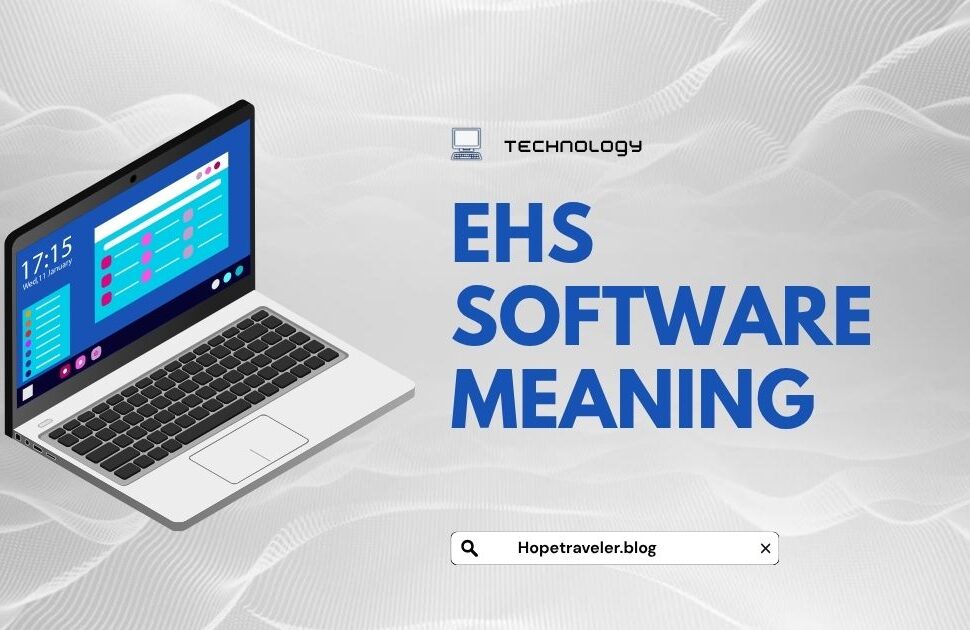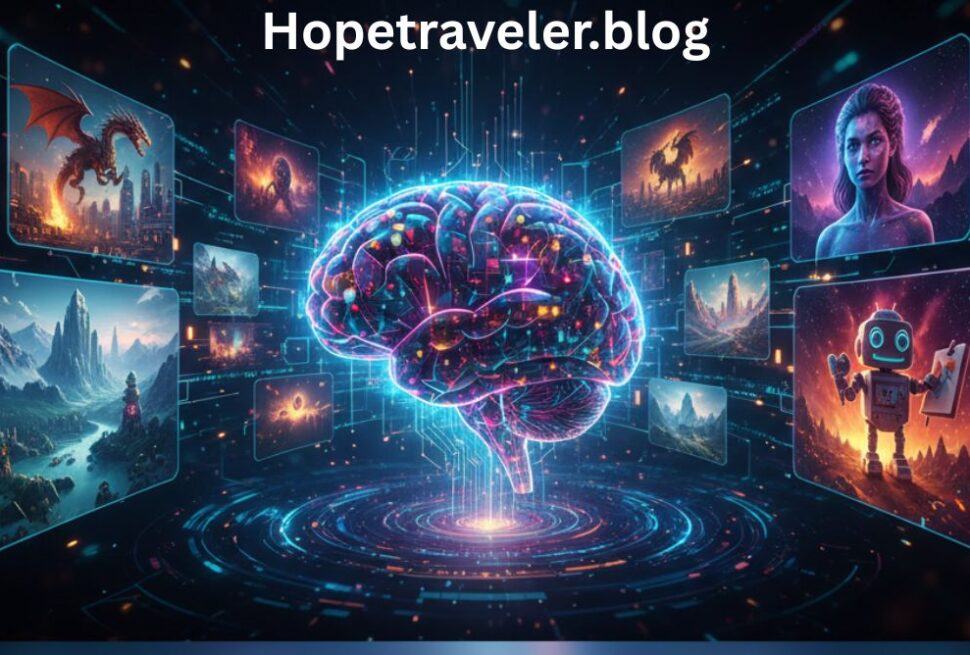Artificial Intelligence (AI) has been rapidly transforming industries across the world, and one of the most fascinating developments is how dualmedia platforms are integrating AI to deliver powerful insights. AI insights dualmedia refers to the application of artificial intelligence in platforms that operate with dual forms of media—commonly digital and traditional, or visual and textual formats. This approach helps businesses, creators, and organizations gain a deeper understanding of how their content performs, how audiences interact with it, and how strategies can be optimized.
In today’s digital-first world, organizations rely heavily on media to build connections. Dualmedia provides a bridge between two distinct types of media channels, and when combined with AI insights, it enables data-driven decision-making like never before.
What is Dualmedia?
Dualmedia is a concept that highlights the use of two distinct media forms together to create, share, and analyze information. It often involves:
- Digital + Traditional Media (e.g., online campaigns alongside TV or print).
- Text + Visuals (written articles supported with infographics, images, or videos).
- Interactive + Static Media (surveys, polls, and live streams alongside static blogs or reports).
By combining two media forms, dualmedia provides a richer way to engage audiences. However, without proper analysis, it can be difficult to know which format is working effectively. This is where AI insights come in.
The Role of AI Insights in Dualmedia
Artificial intelligence can process vast amounts of data across different media formats in ways that human analysts cannot. In dualmedia platforms, AI insights perform several important roles:
- Audience Behavior Analysis
AI can track how audiences engage with different forms of media. For instance, it can analyze whether a reader prefers to watch a video summary of a news article instead of reading it, or how much time they spend engaging with an infographic compared to a long-form article. - Content Optimization
By using AI-driven analytics, businesses can determine what type of content performs better across platforms. AI can recommend whether more visual content should be used or whether audiences prefer detailed textual analysis. - Real-Time Feedback
Dualmedia campaigns can be optimized in real time with AI. If one media form underperforms, AI can highlight adjustments immediately. - Personalization
AI-powered personalization ensures that audiences receive the type of media they are most likely to interact with. This helps brands improve engagement and retention.
Benefits of AI Insights Dualmedia
The integration of AI into dualmedia systems brings numerous advantages for businesses, marketers, and content creators.
1. Improved Engagement
By understanding which media format appeals most to audiences, companies can deliver the right mix of digital and traditional content.
2. Cost Efficiency
Instead of wasting resources on underperforming campaigns, AI insights allow businesses to focus investments where they yield the highest returns.
3. Data-Driven Strategies
AI turns raw data into actionable insights. This allows decision-makers to build strategies that are evidence-based rather than relying solely on intuition.
4. Competitive Edge
Companies that embrace AI insights dualmedia stay ahead of competitors by identifying opportunities early and responding to changes faster.
Applications of AI Insights Dualmedia
The concept is not limited to marketing; it spans multiple industries.
Marketing and Advertising
Brands can use AI insights to evaluate whether customers respond better to social media ads combined with TV commercials or digital banners alongside blog content.
Education
Dualmedia in education often involves textbooks combined with digital platforms. AI insights help schools understand whether students perform better when exposed to video lectures, interactive quizzes, or reading materials.
Healthcare
Hospitals and medical research institutions are using dualmedia strategies to combine textual reports with imaging results. AI insights provide doctors with patterns in patient responses and highlight more effective communication channels.
Entertainment and Media
Streaming platforms combine video content with user-generated text reviews or discussions. AI insights can track which type of interaction helps drive engagement and subscriptions.
Challenges in AI Insights Dualmedia
While the concept is powerful, there are some challenges that organizations must overcome:
- Data Overload
Dualmedia creates more data than single-media platforms. Without AI, processing this data is overwhelming. However, AI itself requires careful calibration to avoid bias. - Privacy Concerns
Collecting and analyzing media interaction data must comply with strict privacy regulations like GDPR. - High Implementation Costs
Smaller businesses may struggle to adopt AI insights dualmedia systems because of infrastructure costs. - Integration Issues
Combining traditional media analytics with digital insights is complex. Organizations need advanced tools to align data streams effectively.
The Future of AI Insights Dualmedia
The future of dualmedia combined with AI insights looks promising. Several trends are emerging:
- AI-Powered Storytelling
Creators will be able to design stories that adapt dynamically, switching between media forms depending on audience response. - Deeper Personalization
AI will deliver hyper-personalized dualmedia content to users based on their real-time preferences. - Cross-Industry Growth
From politics to retail, AI insights dualmedia will become a core tool for communication, marketing, and education. - Integration with AR/VR
As augmented and virtual reality expand, AI will play a key role in managing how users consume both immersive visuals and supporting textual data.
Case Example: A Dualmedia Campaign
Imagine a company launching a new smartphone. They run a TV advertisement (traditional media) alongside interactive online campaigns (digital media). AI insights track which platform drives more sales conversions, how users engage with the ads, and what type of messaging works best.
Based on AI’s findings, the company shifts more budget to the higher-performing media type, ensuring better ROI. Without AI insights, such optimization would take weeks or months.
Conclusion
AI insights dualmedia represents a forward-looking strategy where artificial intelligence meets the combined power of two media formats. Whether in marketing, education, healthcare, or entertainment, the integration of AI with dualmedia ensures that businesses and organizations can harness real-time data, personalize experiences, and improve overall efficiency.
While challenges like data privacy and implementation costs remain, the benefits far outweigh the drawbacks. As AI technology continues to evolve, its role in dualmedia platforms will only grow stronger. Businesses that embrace AI insights dualmedia today will be better positioned for tomorrow’s competitive digital landscape.




